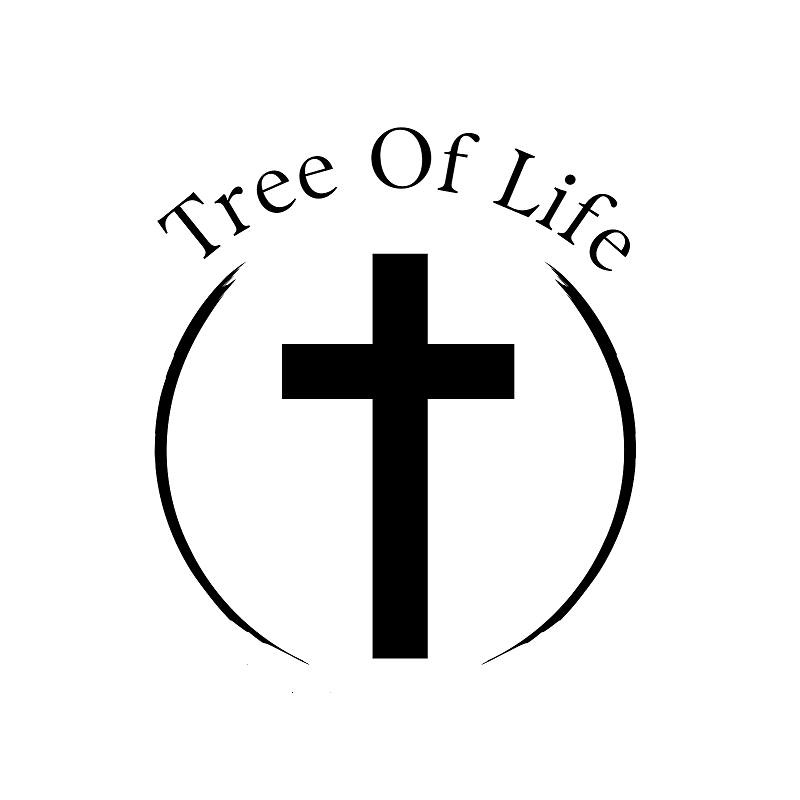The Challenge of Counterfeit Pharmaceuticals in Developing Countries and Its Impact on Public Health
The circulation of counterfeit or fake pharmaceuticals poses a significant challenge to public health, particularly in developing countries where people have limited options to avoid them. One key reason for the widespread distribution of counterfeit drugs is the weak regulatory standards and higher risk of corruption in low-income countries. For instance, government inspectors may accept bribes or kickbacks, allowing fake pharmaceuticals to pass through customs.
Counterfeit prescriptions are not only financially exploitative, depriving individuals of their already limited resources, but they also endanger the lives of millions of people who rely on these medications to treat various illnesses.
Various groups perpetuate the counterfeit prescription trade, all driven by the pursuit of profit from substandard products, many of which are deceptively similar to genuine medications. A fake drug is defined as any purported medicinal product that lacks active pharmaceutical ingredients (APIs), contains incorrect APIs (which may or may not be toxic if misused), has incorrect quantities of the correct APIs, or includes known toxic ingredients.
Counterfeit drugs are sold in large volumes, including falsely marketed antibiotics, sexual impotence treatments, painkillers, and antimalarials.
Prevalence of Counterfeit Drugs in Developing Nations
According to the World Health Organization (WHO), an alarming one in ten medical products in developing countries are either substandard or falsified. The magnitude of this problem cannot be overstated. Citizens of low-income countries are often at a higher risk of severe health problems than their counterparts in wealthier nations due to a lack of systemic sanitation, public health education, and adequate medical facilities.
Moreover, the absence of proper APIs and the presence of toxic ingredients in counterfeit drugs put countless lives at risk, perpetuate treatment failures, and contribute to the development of drug resistance.
Most Affected Nations
Precise data regarding the origins and quantities of counterfeit pharmaceuticals is challenging to obtain as it relies on the monitoring and reporting of seized counterfeit drugs. Different data sources use varying criteria to measure the circulation of counterfeit medicines, making it difficult to arrive at a definitive numerical assessment. Nevertheless, here are the regions where counterfeit pharmaceuticals are most prevalent:
India: As of 2016, India accounted for approximately 53% of all reported cases of fake medicine. The profit-driven illegal trade thrives in India due to a lack of stringent regulations, organized criminal networks, and corruption.
Africa: Between 2013 and 2017, about 42% of reported counterfeit drugs originated in Africa, particularly in West African countries such as Guinea-Bissau, Sierra Leone, Liberia, and the Ivory Coast. In some nations, the proportion of counterfeit pharmaceuticals can be as high as 70%. The continent faces a significant threat from counterfeit drugs due to weak regulatory frameworks, inadequate enforcement mechanisms, and poorly regulated or monitored borders.
China: In China from 2014 to 2016, approximately 30% of the world’s known fake pharmaceutical trade originated in China. The United Arab Emirates (UAE) is a common transit point for these drugs.
Latin America: Counterfeit drugs pose a significant challenge in Latin American countries where porous borders facilitate the entry of substandard and falsified medications. Inadequate regulatory capacities and a high prevalence of unregistered or informal drug vendors exacerbate the problem.
Health Risks and Consequences of Counterfeit Pharmaceuticals
The use of counterfeit prescription drugs can lead to various health risks and complications, including:
Inadequate Treatment Efficacy: Counterfeit drugs often lack any active ingredients, rendering them ineffective in treating illnesses. Patients unknowingly consume fraudulent medications and may experience prolonged suffering, plus worsening health conditions.
Drug Resistance: The use of substandard antibiotics and antimalarials contributes to the emergence of new and drug-resistant strains of diseases. This reality makes it more challenging to combat sickness.
Adverse Reactions and Toxicity: Counterfeit pharmaceuticals may contain harmful substances, incorrect dosage levels, or expired ingredients, leading to severe adverse reactions, poisoning, or even death.
Undermining Healthcare Systems
The presence of fake pharmaceuticals weakens already fragile healthcare systems in developing countries. The sheer number of counterfeit prescriptions circulating in these nations erodes public trust in healthcare systems as patients become understandably apprehensive about the effectiveness of the prescribed medications.
Furthermore, health administrators and governments are compelled to allocate significant resources when counterfeit drugs fail to provide adequate treatment, exacerbating the economic burden on healthcare systems. The saturation of counterfeit medications in the market disrupts the supply chain and reduces access to genuine, life-saving drugs, particularly in remote and impoverished areas.
Possible Solutions to the Counterfeit Pharmaceutical Problem
Developing countries must address the epidemic of harmful drugs by strengthening their regulatory frameworks to ensure stringent quality control and surveillance mechanisms for all pharmaceutical products. Enhanced collaboration between governments, international organizations, and law enforcement agencies can effectively combat cross-border counterfeit drug networks. Public awareness campaigns can help identify fake drugs, understand their dangers, and report suspected cases to relevant authorities.
In the meantime, supporting nonprofit organizations that improve people’s lives in developing countries can contribute to addressing the problems related to fake pharmaceuticals. One such organization is Tree of Life for the World, which provides essential community development, health, and education services to underserved populations in low-income countries. By focusing on education, healthcare, improved infrastructure, and disaster relief, they aim to uplift children and communities through a Christ-centered approach.
You can make a difference by making a one-time donation or sponsoring our children through monthly giving. Your support prioritizes the protection of orphans, widows, and the well-being of their entire communities. By giving today, you can help turn their dreams into reality.
